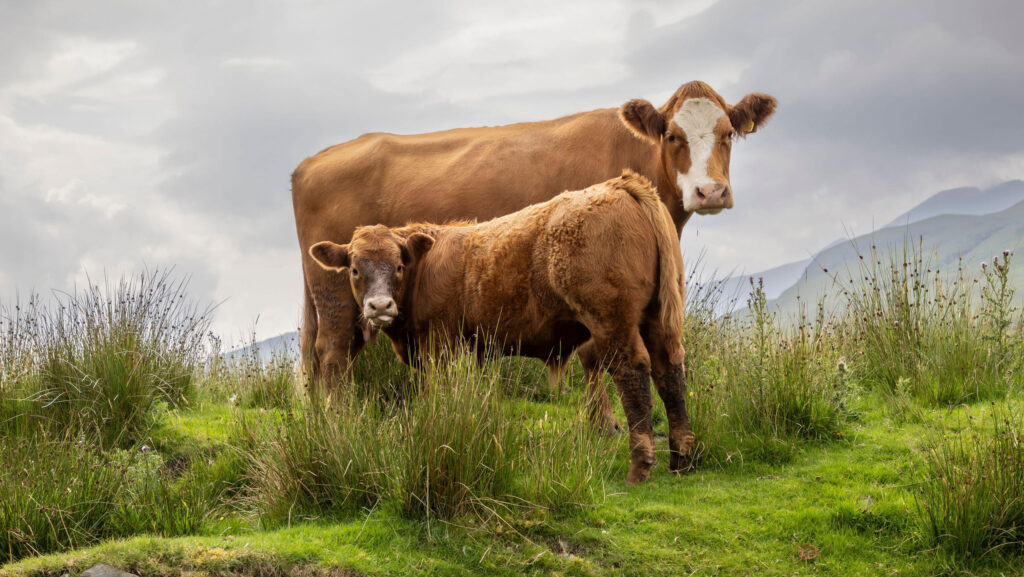Reducing calving intervals boosts profitability
 © Helmut Lunghammer/Alamy Stock Photo
© Helmut Lunghammer/Alamy Stock Photo Reducing calving intervals and bringing first-time calving forward has the potential to boost profitability and save farmers some much-needed cash, according to Hybu Cig Cymru (HCC).
In 2024 the average calving interval for beef dams in Wales was 420 days, 12 days less than in 2014, according to data from the British Cattle Movement Service (BCMS), and the average age at first calving stood at 964 days (31.7 months).
See also: Benefits of giving heifers pain relief at calving
HCC said this was an improvement on the year, with the average dam now calving 11 days younger than in 2023 and 98 days younger than in 2014.
However, despite the progress seen over the past decade, HCC said there was room for improvement to reach the industry’s 365-day target between calvings and bring first-time calving nearer to 24 months (730 days).
“Reproductive efficiency is fundamental for profitability by maximizing the number of calves possible in a dam’s lifetime, regardless of the production system,” said Glesni Phillips, HCC’s market intelligence, analysis and business insight executive.
“Improving efficiencies can also support a reduction in the herd greenhouse gas emission levels, whilst also improving business profits,” she said.
Northern Ireland
In Northern Ireland, the new Suckler Cow Scheme aims to encourage farm businesses to improve breeding management practices.
Through the scheme it is hoped the percentage of eligible calving events increases and that farmers can achieve a reduced age at first calving.
A further target is a reduced calving interval over a four-year phased implementation period, to receive an annual payment of about £100 a head.
This includes a maximum age at first calving for suckler heifers of 34 months, reducing to 29 months by year four. The maximum calving interval in year one is 415 days, reducing to 385 days by year four.
NI agriculture, environment and rural affairs minister Andrew Muir said: “This scheme plays an important role in supporting our farm businesses on a journey of change ensuring both environmental and economic sustainability, and is vital as we continue our journey to net zero.”
